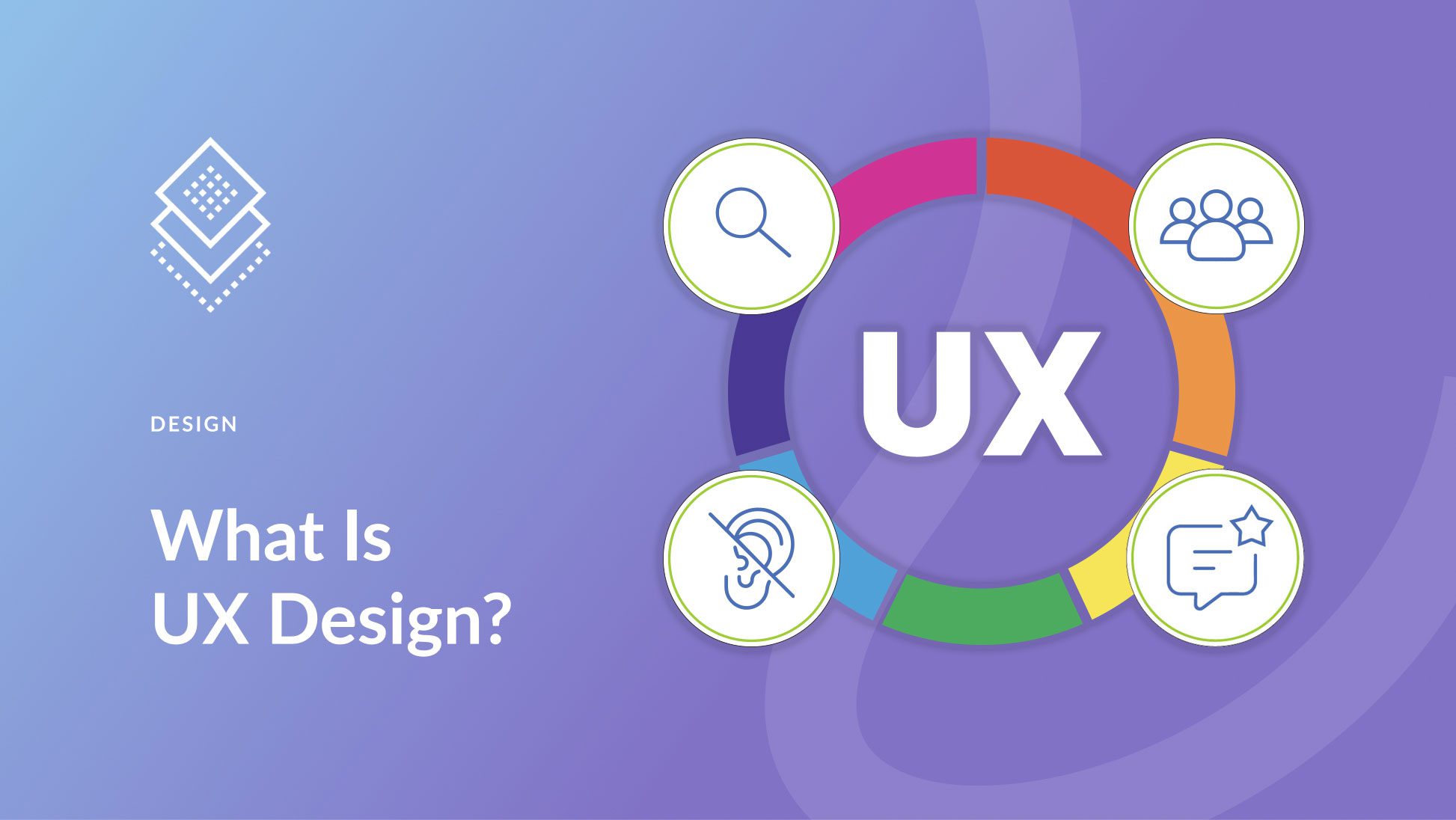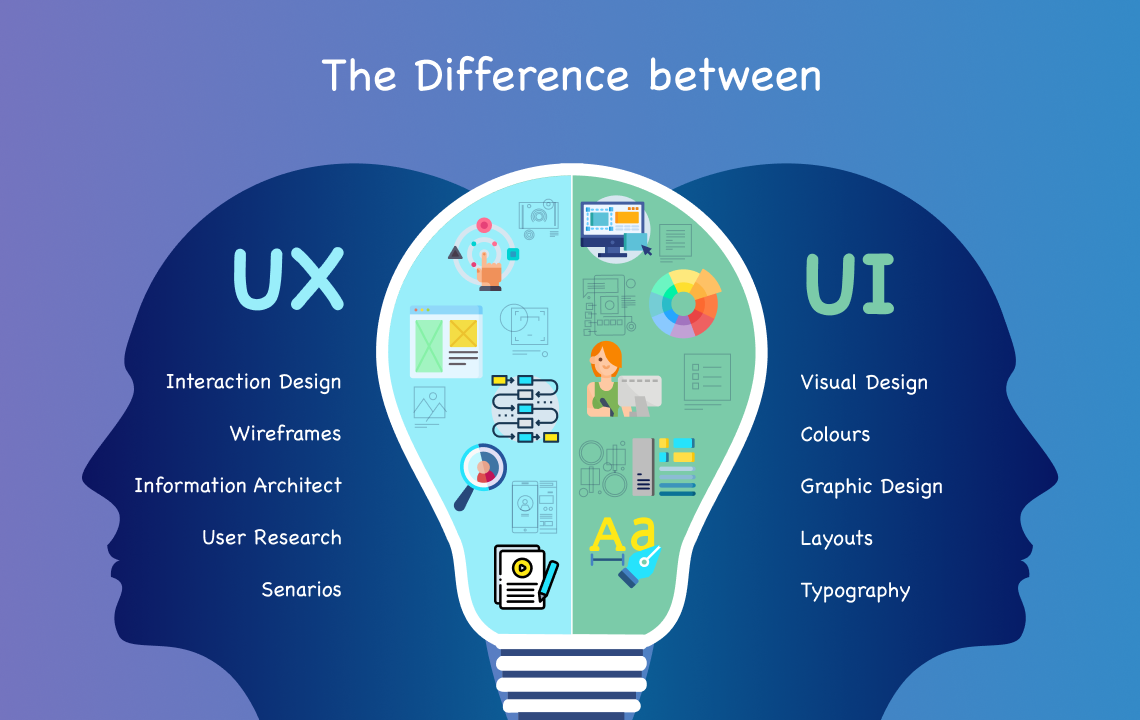UX Design Trends in 2025: What’s Next for Digital Experiences?
- by Nitin
- June 10, 2025
- Accountability

User Experience (UX) Design has always been at the heart of digital innovation. But in 2025, its role has expanded beyond usability and delight—it’s now a driving force behind business strategy, user trust, and long-term engagement. As user expectations rise across global markets like the USA and UAE, staying current with UX trends is no longer optional—it’s essential for relevance and growth.
In this blog, we’ll explore how UX design is evolving and what trends are reshaping the future of digital experiences. From strategic roles to smart interfaces, immersive web design, and responsible innovation, here’s what designers should prepare for in 2025.
1. The Expanding Role of the UI/UX Designer in 2025
In 2025, the title "UI/UX Designer" encompasses much more than crafting wireframes or refining visual layouts. Designers are now strategic thinkers, responsible for shaping product roadmaps, influencing KPIs, and aligning user goals with business objectives.
Key shifts:
- From design-only to strategy-driven: Designers work alongside product managers, data analysts, and marketers to co-create solutions rooted in user research and analytics.
- Cross-functional collaboration is the norm, with designers often facilitating workshops, user testing, and journey mapping sessions.
- Skill evolution: Mastery of tools like Figma, Webflow, and UXPin is expected, but deeper understanding of UX research, data visualization, and even prompt engineering for AI interfaces is becoming essential.
To stay relevant, UX professionals must be flexible, collaborative, and continuously learning.
2. Unified UI/UX Systems for Seamless Experiences
Consistency is key in a fragmented digital world. In 2025, we're seeing the rise of unified UI/UX systems—design ecosystems that bring consistency across devices, channels, and platforms.
Why this matters:
- Integrated design systems ensure scalability, efficiency, and consistent brand language.
- Companies like Google, Airbnb, and Shopify use shared UI kits and token-based systems to create seamless experiences across web, mobile, and even wearable interfaces.
- This fusion of UI and UX allows teams to design faster, iterate better, and maintain a coherent identity across all user touchpoints.
Designers must now think in systems, not screens.
3. Advanced Personalization in App UI Design
Personalization is no longer just about recommending the next product—it’s about adapting the entire interface to a user’s needs, context, and behavior.
What’s trending:
- AI-driven personalization: Interfaces that adjust in real-time based on usage patterns, preferences, and even emotional cues.
- Voice-first and gesture-based design: With the rise of smart assistants and wearable tech, hands-free interaction is gaining traction.
- Mobile-smart design: Going beyond mobile-first, apps in 2025 are hyper-personalized, offering predictive actions and contextual UI that feels intuitive.
Expect to see more context-aware interfaces that evolve with the user.
4. Web Design in 2025: Immersive, Minimal, and User-Centric
Web design continues to blur the line between digital storytelling and functional interaction. In 2025, users crave sites that are not just informative, but immersive and frictionless.
Evolving web design trends:
- Micro-interactions and animations create feedback loops that enhance delight and usability.
- 3D elements and AR overlays enrich the storytelling experience—especially in e-commerce and real estate.
- Minimalist interfaces with fewer distractions, elegant typography, and dark mode support dominate the scene.
- The shift to app-like websites means fluid transitions, component-based layouts, and offline functionality.
Web experiences are becoming more cinematic—and more performant.
5. Emerging Technologies Reshaping UX Design
Designers in 2025 must embrace not only new tools, but also new paradigms of interaction.
Technology shaping the future of UX:
- Artificial Intelligence (AI): From chatbot interfaces to content-aware layouts, AI is both the co-pilot and the canvas.
- Augmented Reality (AR) and Virtual Reality (VR): Immersive UX design is now mainstream in sectors like retail, healthcare, and education.
- Conversational Interfaces: Chatbots and voice UIs demand new UX rules, focused on tone, flow, and clarity.
Design ethics and responsibility:
- Inclusive and accessible design isn’t a trend—it’s a standard. UX in 2025 must be built for every user, regardless of ability or background.
- Sustainability and data privacy are emerging design priorities. From energy-efficient code to transparent data flows, users want products that respect their world and their rights.
Final Thoughts
UX design in 2025 is intelligent, immersive, and deeply human-centered. It bridges innovation with empathy and ensures that technology feels natural—not overwhelming. As a designer, staying ahead means embracing change, experimenting with new tools, and always putting the user first.
The future of UX isn’t just about what we build—it’s about how we make people feel when they use it.
Recommended
How User Experience Design Impacts Customer Retention and Loyalty

Improve Digital Products Using Quality UI/UX Design Offered By InnotechDrop

UX Design Trends in 2025: What’s Next for Digital Experiences?




Leave a comment